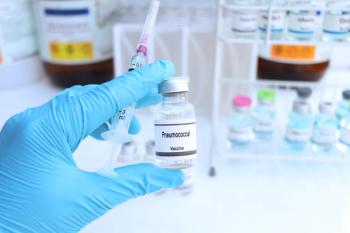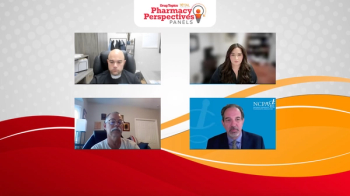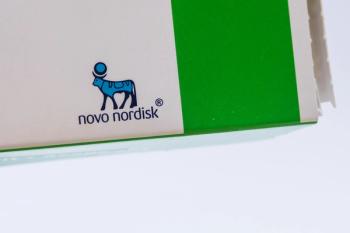The FDA has approved Johnson & Johnson’s rilpivirine (Edurant Ped) for the treatment of immunodeficiency virus type 1 (HIV-1) in combination with other antiretroviral therapies in treatment-naïve children at least 2 years of age who weigh at least 15 kg and less than 25 kg, the company announced in a release.1
Rilpivirine is an HIV-1 specific, non-nucleoside reverse transcriptase inhibitor. The approval was based on data from the PAINT (NCT00799864) and PICTURE (NCT04012931) studies, which demonstrated that rilpivirine effectively suppressed the HIV-1 virus in pediatric patients with HIV-1 RNA less than or equal to 100,000 copies/mL in combination with other antiretroviral therapies.
Key Takeaways
- Johnson & Johnson's rilpivirine (Edurant Ped) has received FDA approval for treating HIV-1 in treatment-naïve children aged 2 years and older, weighing between 15 kg and less than 25 kg, when used in combination with other antiretroviral therapies.
- The approval is supported by data from the PAINT and PICTURE studies, demonstrating the efficacy of rilpivirine in suppressing HIV-1 virus in pediatric patients.
- The approval of rilpivirine marks a significant advancement in pediatric HIV treatment options, addressing the need for effective therapies tailored to younger patients.
“Decades of experience with the global HIV epidemic have made it clear that new and improved treatment options are needed to support the diverse population of people living with HIV on their treatment journey,” Penny Heaton, MD, global therapeutic area head of infectious diseases and vaccines at Johnson & Johnson, said in a release.1 “While the population of young children living with HIV is small, additional treatment options remain key to ensuring that each person living with HIV can be matched to a treatment regimen that is right for them.”
READ MORE: Digital Health Tools Could Increase PrEP Uptake Among Young Individuals At-Risk For HIV
PAINT was a phase 2, open-label, single arm trial to evaluate the pharmacokinetics, safety and antiviral activity of rilpivirine in treatment-naïve patients between the ages of 6 and 18. Participants received 25 mg or a weight-adjusted dose of oral rilpivirine for 240 weeks in combination with 2 nucleoside/nucleotide reverse transcriptase inhibitors.
PICTURE was a phase 2, open-label, single-arm, multicenter trial to evaluate the steady state pharmacokinetics of rilpivirine in patients between the ages of 2 and 12. The study also sought to determine the appropriate dose of rilpivirine in combination with other antiretrovirals and to evaluate its safety and tolerability.
In both studies, rilpivirine effectively maintained or suppressed the HIV-1 virus in both treatment-experienced and treatment-naive pediatric patients in combination with other antiretroviral therapies.
According to the release, common side effects of rilpivirine include depressions, headache, insomnia, and rash. More serious side effects include severe skin rash, fever, tiredness, skin blisters, difficulty breathing or swallowing, feeling ill, muscle or joint aches, blisters or mouth sores, and redness or swelling of the eyes. Patients who experience any of these severe side effects should stop taking rilpivirine and seek immediate medical help.
Rilpivirine (Edurant) was originally approved by the FDA in 2022 in combination with cabotegravir (Vocabria), which was the first long-acting injectable HIV-1 treatment option for adolescents 12 years of age and older.2
“This approval builds on Johnson & Johnson’s longstanding commitment to ensuring that people living with HIV, including children, have treatment options that may work for them,” the release said.1
READ MORE: HIV Resource Center
References







































































































































